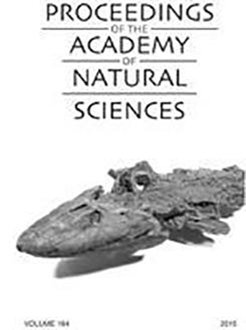Rheodreissena Geda et al. 2018, a recently described genus of Dreissenidae, is represented by living species that inhabit inland freshwaters of Brazil and Venezuela. The type species of Rheodreissena is R. hoeblichi (Schütt 1991a) described from the lower Orinoco basin, Venezuela. Three species are added in this study: R. lopesi (Alvarenga & Ricci, 1989) from the Tocantins and Xingu basins; R. cordilineata n. sp. from the Madeira, Trombetas and Xingu basins, and R. xinguana n. sp. from the Tapajós and Xingu basins. Those three species are recorded from Volta Grande, the stretch of the Xingu River impacted by the Belo Monte dam complex. All Rheodreissena typically attach in shallow clusters to clean, rocky substrates associated with rapids in the main channels of large clear water rivers. Species of Rheodreissena are distinguished by aspects of shell morphology and soft anatomy that presumably reflect adaptations to a rheophilic lifestyle.
How to translate text using browser tools
24 January 2019
Morphological assessment of Rheodreissena (Bivalvia: Veneroida: Dreissenidae) with an updated diagnosis of the genus, descriptions of two new species, redescription of R. lopesi, and the first account of larval brooding in New World dreissenids
Maria Cristina Dreher Mansur,
Daniel Pereira,
Paulo Eduardo Aydos Bergonci,
Daniel Mansur Pimpão,
José Ricardo de Souza Barradas,
Mark Henry Sabaj
ACCESS THE FULL ARTICLE

Proceedings of the Academy of Natural Sciences of Philadelphia
Vol. 166 • No. 1
November 2020
Vol. 166 • No. 1
November 2020
biphasic brooding
biphasic larval growth
Dreissenidae
rio Xingu




